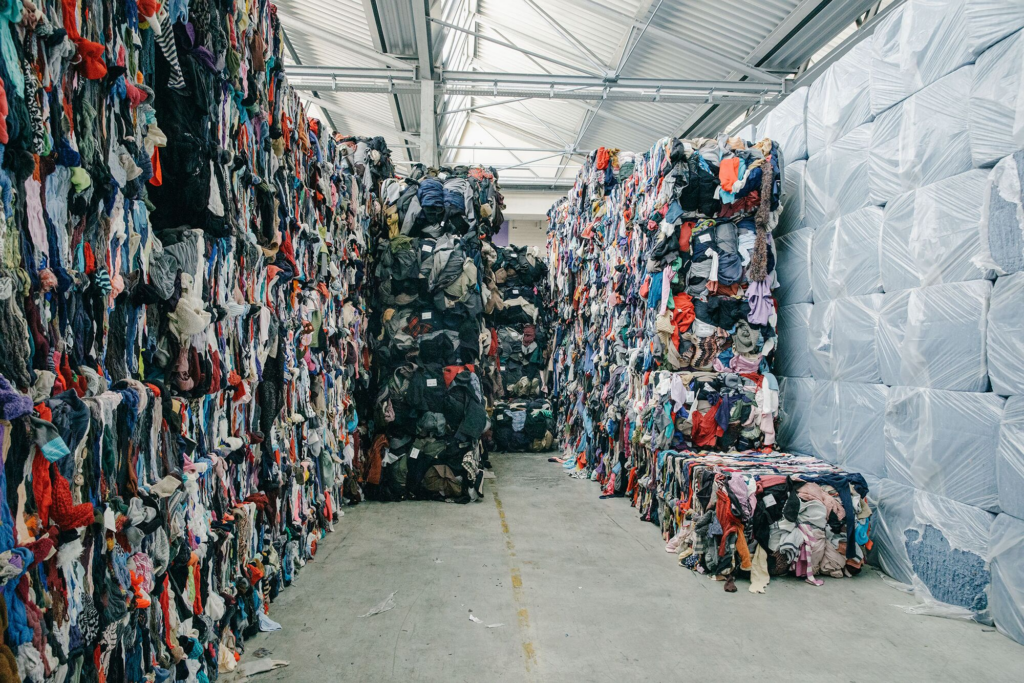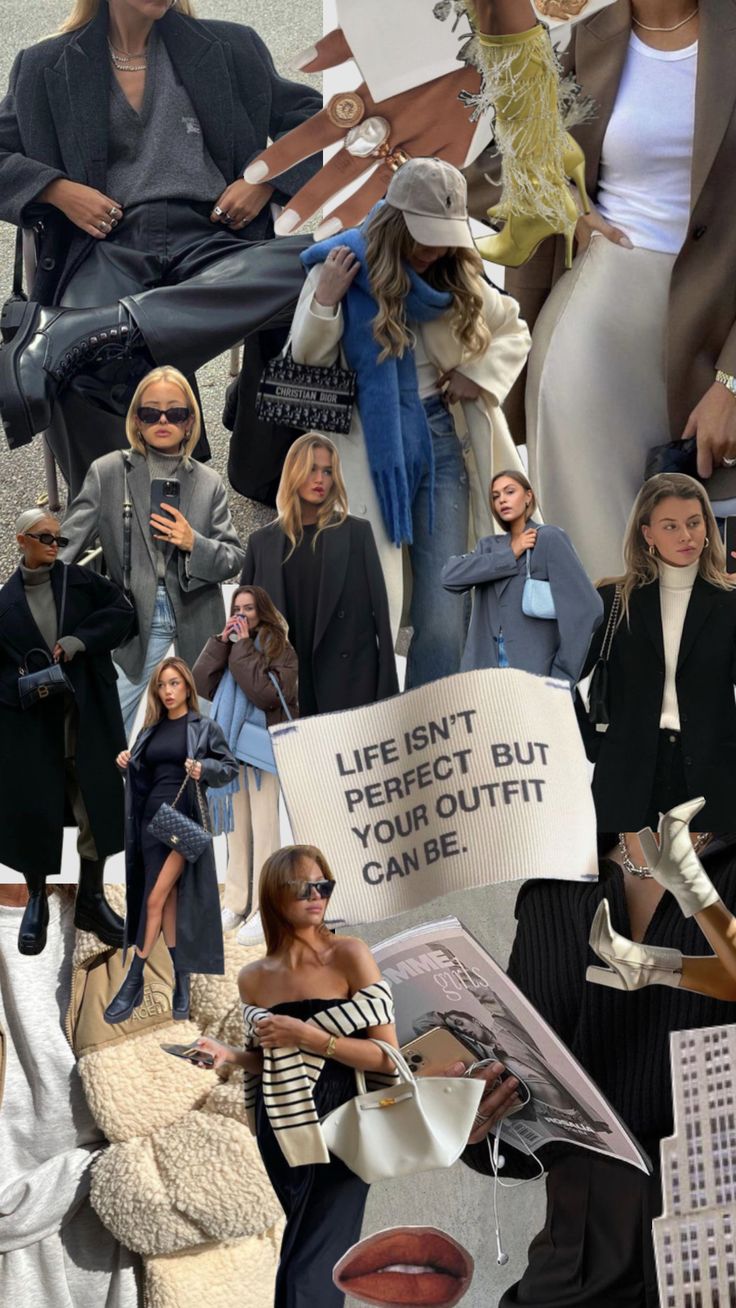Fashion trends are ever-evolving, continuously shaping how we dress, express ourselves, and perceive the world around us. But how do these trends come into existence, and what influences their rise and fall? Here we'll delve into the fascinating journey of fashion trends, the factors that bring them to life, and the positives and negatives that follow.

The Birth of a Fashion Trend
- Cultural Influences
- Fashion is deeply intertwined with culture. Trends often reflect societal shifts, historical events, and cultural movements. For instance, the 1960s saw the rise of bohemian fashion, influenced by the counterculture movement, while the 1980s embraced bold, extravagant styles that mirrored the decade’s economic boom.
- Celebrity and Influencer Impact
- Celebrities and social media influencers play a pivotal role in setting fashion trends. When a popular figure dons a particular style, their followers are quick to emulate it. This phenomenon is amplified by platforms like Instagram and TikTok, where fashion trends can go viral overnight.
- Fashion Weeks and Runway Shows
- Major fashion weeks in cities like Paris, Milan, New York, and London are crucial in forecasting upcoming trends. Designers showcase their latest collections, which are then analysed by fashion editors, bloggers, and enthusiasts. These shows set the tone for the seasons ahead, highlighting key colours, patterns, and silhouettes.
- Historical and Vintage Revivals
- Fashion is cyclical, with trends often making a comeback. Vintage styles from past decades frequently resurface, tweaked with modern twists. This nostalgic revival can be seen in the resurgence of 90s fashion, with its grunge aesthetics and minimalist designs.
- Technological Innovations
- Technology significantly impacts fashion. The rise of fast fashion, driven by advancements in production and distribution, allows trends to reach consumers rapidly. Additionally, the integration of wearable technology and sustainable practices reflects how innovation shapes modern fashion.

The Life Cycle of a Fashion Trend
- Emergence
- A trend begins to surface when early adopters and fashion innovators experiment with new styles. This stage often includes fashion-forward individuals, influencers, and designers introducing fresh ideas.
- Growth
- As the trend gains traction, it is picked up by mainstream media and popularised through fashion magazines, social media, and celebrity / influencer endorsements. Retailers start to stock their shelves with trendy items, making them more accessible to the general public.
- Peak
- The trend reaches its peak when it becomes widely adopted. During this phase, the trend is ubiquitous, seen in various forms across different demographics and regions.
- Decline
- After peaking, the trend begins to diminish. As fashion enthusiasts seek new styles, the once-popular trend loses its appeal. Retailers may start discounting trend-driven items to clear out inventory.
- Obsolescence
- Eventually, the trend fades away, becoming outdated and replaced. However, it may resurface in the future, continuing the cyclical nature of fashion.

Positives and Negatives of Fashion Trends
Positives:
- Innovation and Creativity
- Fashion trends encourage designers and creators to push boundaries, resulting in innovative and creative designs that keep the industry vibrant and dynamic.
- Personal Expression
- Trends offer individuals a way to express their personal style and keep their wardrobe fresh and exciting. Following trends can be a fun way to experiment with different looks and styles.
- Economic Boost
- Trends drive consumer spending, which benefits retailers, designers, and the wider economy. They also create jobs within the fashion industry, from design and production to marketing and retail.
- Cultural Reflection
- Fashion trends often reflect cultural and societal shifts, making them a form of social commentary. They can highlight important issues and bring attention to different cultures and lifestyles.
Negatives:
- Environmental Impact
- The fast fashion industry, driven by rapidly changing trends, can lead to significant environmental damage due to overproduction, waste, and the use of non-sustainable materials.
- Consumer Pressure
- The constant push for new trends can create pressure on consumers to continuously buy new items, leading to financial strain and the promotion of a throwaway culture.
- Exclusivity
- Some trends can be exclusionary, catering only to certain body types, genders, or socioeconomic groups, which can perpetuate stereotypes and social divides.
- Quality Over Quantity
- The focus on producing trendy items quickly can often result in lower quality garments that do not last, leading to a cycle of consumption and disposal.

Factors Influencing Fashion Trends
- Social Media and Digital Platforms
- The influence of social media on fashion trends cannot be overstated. Platforms like Instagram, Pinterest, and TikTok allow trends to spread quickly and globally. Hashtags, influencers, and user-generated content drive fashion conversations and shape consumer preferences.
- Globalisation
- The interconnectedness of the world has made it easier for trends to transcend borders. Fashion influences from different cultures merge, creating eclectic and diverse styles.
- Economic Factors
- Economic conditions play a significant role in fashion. During prosperous times, extravagant and bold trends may emerge, while economic downturns often lead to more conservative and practical styles.
- Environmental Concerns
- The growing awareness of sustainability and ethical fashion has led to trends that emphasise eco-friendly materials, ethical production practices, and minimalist designs. Consumers are increasingly seeking brands that align with their values.

Fashion trends are a dynamic interplay of culture, technology, and individual expression. They emerge from a variety of influences, including cultural movements, celebrity endorsements, runway shows, and technological advancements. Understanding the life cycle of a fashion trend helps us appreciate the artistry and innovation behind the ever-changing world of fashion. While trends bring innovation and excitement, they also come with challenges that need to be addressed to ensure a sustainable and inclusive fashion industry. As we navigate the future, one thing remains certain: fashion will continue to evolve, reflecting the cultural climate of our times and the creativity of those who dare to push the boundaries of style.

